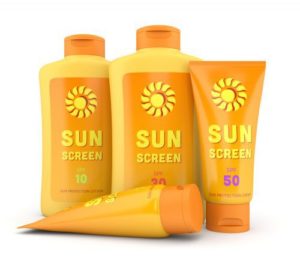
TAKE-HOME MESSAGE
- The authors of this systematic review evaluated the effectiveness of sunscreen use in humans for the prevention of DNA damage in vivo when applied prior to ultraviolet radiation (UVR) exposure. In all 10 studies included, significantly reduced levels of UVR-induced DNA damage were found in sunscreen-protected skin.
- There is consistent evidence that sunscreen application before UVR exposure protects against UVR-induced DNA damage in human skin cells, including keratinocytes and melanocytes. Given the strong molecular evidence that the majority of keratinocyte cancers and cutaneous melanomas are caused by UVR-induced mutations in key genes, the findings in this systematic review further support the use of sunscreen for protection against skin cancers.– Jeffrey Scott, MD
Abstract
This abstract is available on the publisher’s site.
BACKGROUND/PURPOSE
There is strong evidence that topical sunscreens, designed to protect against ultraviolet radiation (UVR)-induced erythema, decrease the amount of UVR to which the skin is exposed, but their effectiveness in reducing UVR-induced DNA damage in vivo has not been well quantified.
METHODS
We systematically reviewed the published literature (1990-2015) to determine whether sunscreens prevent DNA damage in human skin when applied prior to UVR exposure. We included experimental studies measuring UVR-induced DNA damage in human skin in vivo with and without sunscreens and excluded studies conducted in animal models and cell lines. Eligible studies were identified by computerized search of bibliographic databases, supplemented by hand-searching the reference lists of retrieved articles.
RESULTS
We identified ten eligible studies. Despite heterogeneity in methodological approaches, including the sun protection factors of the sunscreens assessed, range of skin types examined, the UVR exposure time and dose, the timing of post-irradiation biopsies and in the markers of DNA damage examined, all studies reported markedly reduced (or nil) UVR-induced DNA damage on sunscreen-protected skin.
CONCLUSION
Our review of the experimental evidence supports a protective effect of topical sunscreens in preventing UVR-induced DNA damage in human skin cells in vivo.

